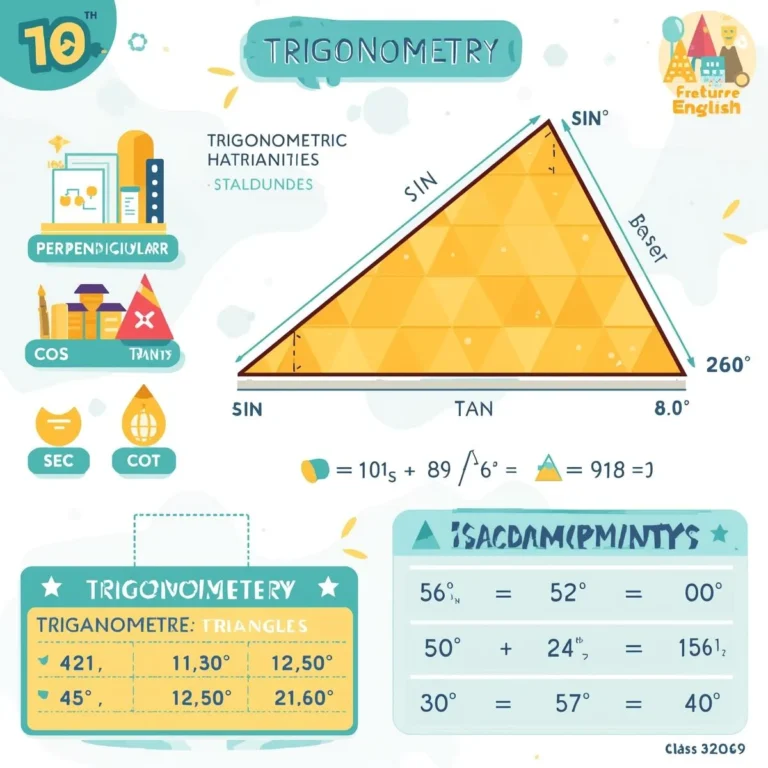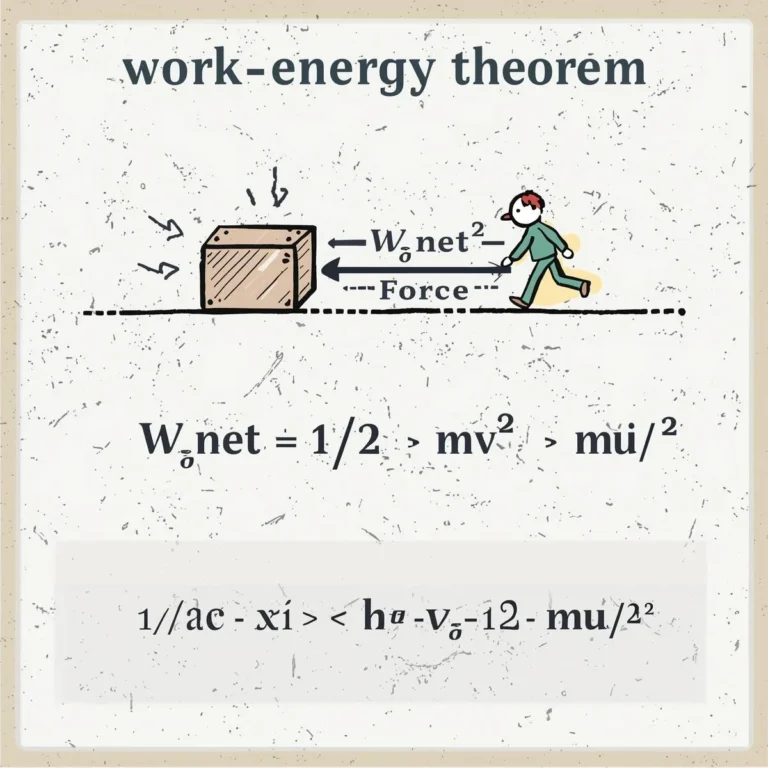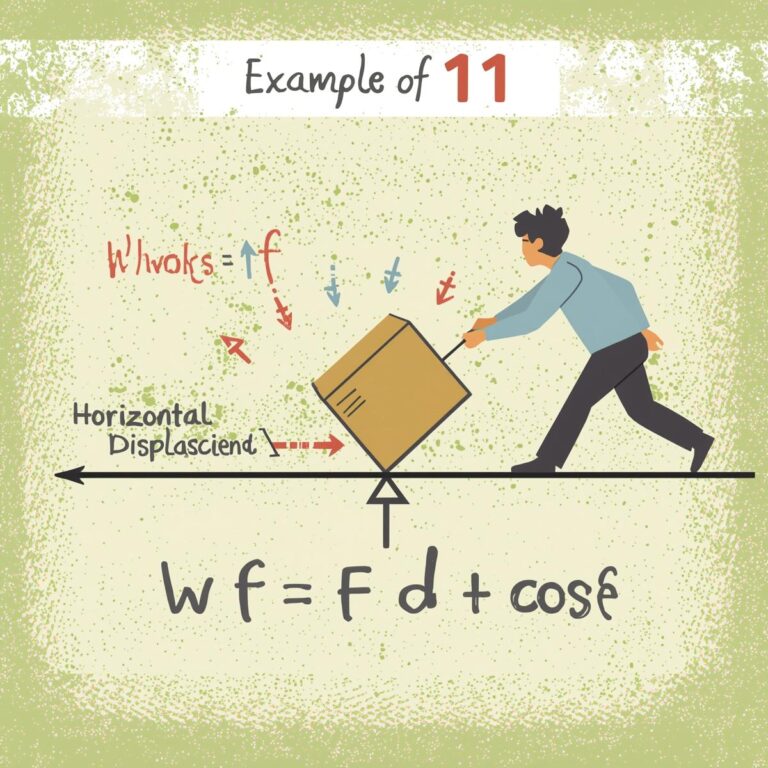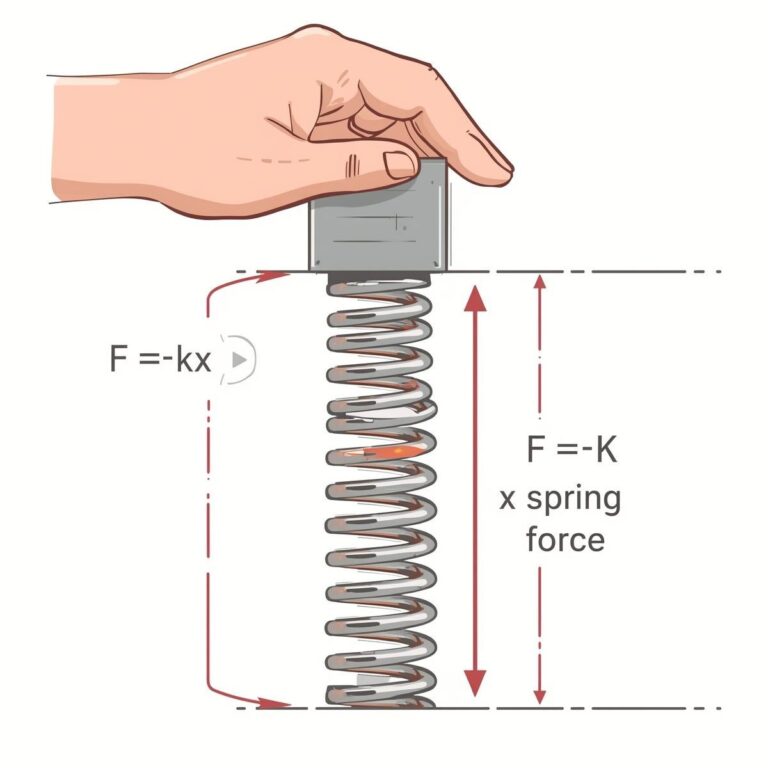Definition
A polynomial is an algebraic expression consisting of variables (also called indeterminates) and coefficients, combined using only addition, subtraction, multiplication, and non-negative integer exponents of variables.
A general polynomial in variable ( x ) is written as:
( a_nx^n + a_{n-1}x^{n-1} + \ldots + a_1x + a_0 )
where ( a_n, a_{n-1}, \ldots, a_0 ) are real numbers and ( n ) is a non-negative integer.
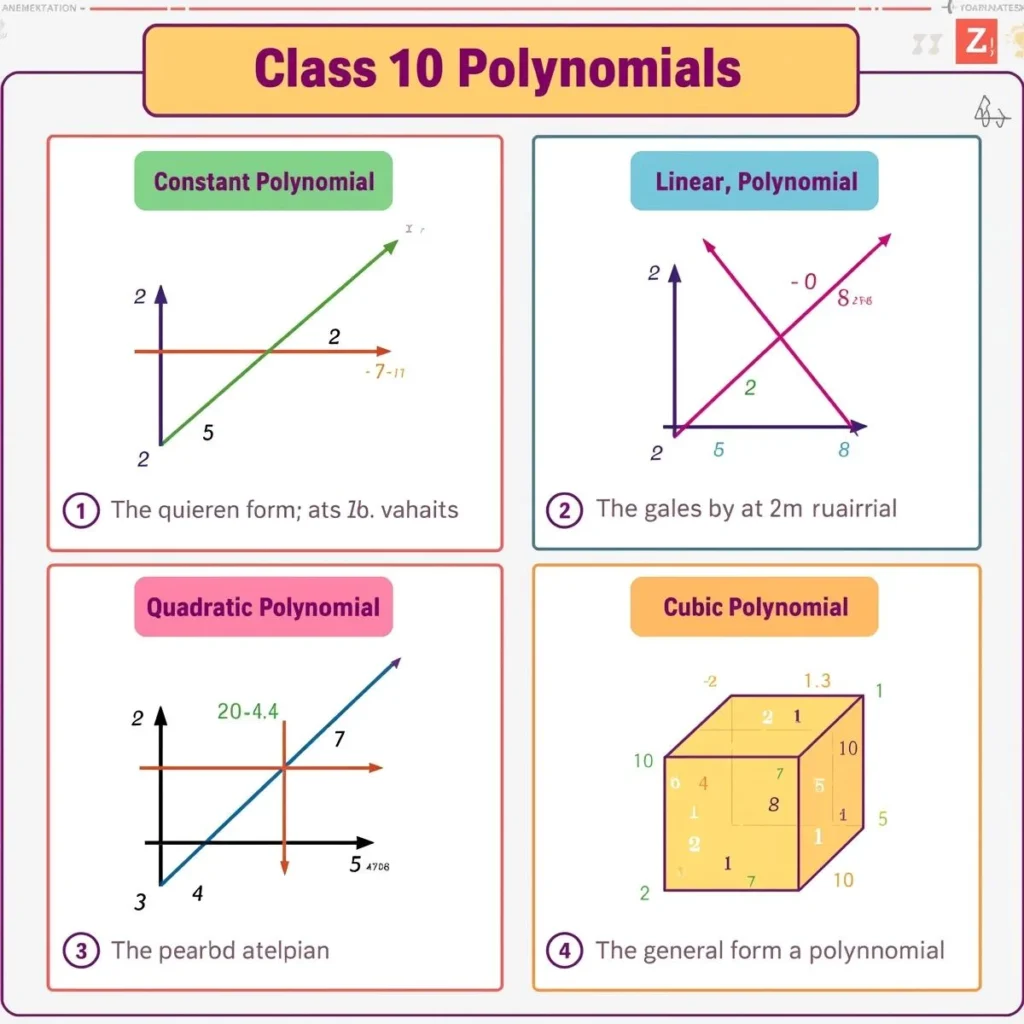
Types of Polynomials
- Zero Polynomial: All coefficients are zero (e.g., 0).
- Constant Polynomial: Degree is 0 (e.g., 5).
- Linear Polynomial: Degree is 1 (e.g., ( 2x + 3 )).
- Quadratic Polynomial: Degree is 2 (e.g., ( x^2 + 2x + 1 )).
- Cubic Polynomial: Degree is 3 (e.g., ( x^3 – 4x^2 + x – 6 )).
Example
( f(x) = 2x^3 – 3x^2 + 4x – 5 )
This is a cubic polynomial (degree 3).
Degree of a Polynomial
The highest power of the variable in the polynomial.
Example:
In ( 4x^5 + 3x^2 – 7 ), the degree is 5.
Value of a Polynomial
The value of a polynomial at ( x = a ) is found by substituting ( x = a ) into the polynomial.
Example:
For ( f(x) = x^2 + 2x + 1 ), at ( x = 2 ):
( f(2) = (2)^2 + 2 \times 2 + 1 = 4 + 4 + 1 = 9 )
Factor Theorem
If ( f(a) = 0 ), then ( (x – a) ) is a factor of ( f(x) ).
Remainder Theorem
If a polynomial ( f(x) ) is divided by ( (x – a) ), the remainder is ( f(a) ).
Formulas
- Standard form: ( a_nx^n + a_{n-1}x^{n-1} + \ldots + a_1x + a_0 )
- Quadratic formula (for roots):
For ( ax^2 + bx + c = 0 ),
( x = \frac{-b \pm \sqrt{b^2 – 4ac}}{2a} ) - Sum and product of roots (quadratic):
If roots are ( \alpha ) and ( \beta ):
( \alpha + \beta = -\frac{b}{a} )
( \alpha \beta = \frac{c}{a} )
Summary Table
| Type | General Form | Degree | Example |
|---|---|---|---|
| Zero | 0 | Not defined | 0 |
| Constant | a | 0 | 7 |
| Linear | ax + b | 1 | 2x + 3 |
| Quadratic | ax² + bx + c | 2 | x² + 2x + 1 |
| Cubic | ax³ + bx² + cx + d | 3 | x³ – 4x² + x – 6 |
